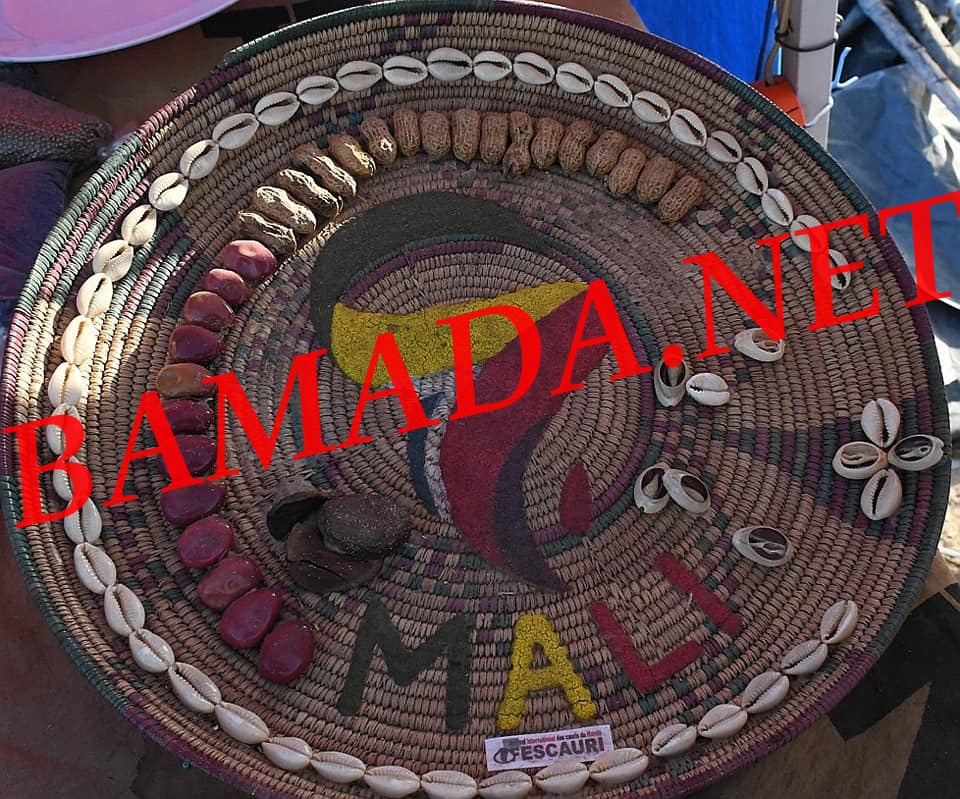Cowries are small shells used for centuries as currency, jewelry and various decorations. Appreciated in divinatory art and recognized as real lucky charms in Africa, their benefits are known to all. The meaning of cowries plays an important role in many cultures. Cowry shells were one of the most common currencies in the world. In West Africa, the humble shell has taken on a cultural fiber, taken on a deeper symbolic and ritual aspect that has never completely lost its value.
The caravans of Arab traders were probably the first to introduce cowries to West Africa, probably as early as the 8th century. In the 15th century, these shells were already circulating as currency, especially in the Mali Empire. But it was the Portuguese, French, English and Dutch who buried Africa under a veritable avalanche of cowries. The Europeans, realizing the affection of the Africans for these small shells, helped to make them the main currency in the trade, in particular of slaves and gold. For a long time, cowries coexisted with several other forms of currency across West Africa: silver coins and gold dust, but also salt bars, copper or bronze bracelets in the shape of irons. horse, fabrics, beads, etc. By the 18th century, the cowrie was the currency of choice on West African trade routes. It will retain until the 20th century its status as a means of payment, as well as a symbol of power and wealth.
In small villages, trade was the responsibility and privilege of the elders. The goods produced by the villagers in excess of grain, honey, fabrics, metals, etc. They were sold and the proceeds stored in common funds as compulsory contributions. The elders then used these cowries to purchase necessities such as tools, medicines or livestock for the community. The villagers themselves bartered, which did not require money: a bag of peanuts for a saucepan, a hoe for a nice basket, and so on. Large-scale trade was the specialty of a few groups: the Hausas, Dioulas and Yarcé, in particular. They participated in the exchange of goods in large volume that ended up in a long-distance trade, all with cowries.
The Europeans had initially used the cowries with enthusiasm, replacing the shells with European currency would have cost a small fortune. Moreover, most thought that the seashells would eventually disappear on their own, little by little. But they were impractical, they were cumbersome to store compared to banknotes, and the counting of large sums was approximate. These challenges were not insurmountable, of course, but the French in particular wanted to divert trade from the British Gold Coast to their own colony in the Ivory Coast. This was one more reason to impose their motto on their colony.
The colonizers had great difficulty convincing Africans to accept their new centralized currency. On the one hand, West Africans were used to seeing multiple forms of currency in their markets, adding one more was no problem. But when the French banned the use of the cauri around 1907, the elders resisted, refusing to include the new currency in their reserves or to use it in their ceremonies instead of the shell. Some wanted to keep both currencies. Others simply thought the franc was a nuisance and rejected coins and notes.
The elegant shape of the cowry represents the woman, her curved back reminiscent of the belly of a pregnant woman. Therefore, it is a symbol of fertility. The slit on the underside of the shell may look like a black pupil against the pearly surface, which is why it is often used to protect against the evil eye. The sacred power of seashells only increases their beauty. Cowries are often used as ornamental beads: incorporated into jewelry, worn in hair, decorating statues and baskets.
Cowries are lucky charms (grigris) that adorn the outfits of hunters and warriors, woven into sacred masks and ceremonial dance costumes. They can be an element in traditional medicine, and accompany the deceased on their journeys out of the world. Many communities across West Africa and beyond use these shells as tools for divination. The seer simply throws or drops the cowries on an often circular surface, and interprets their positions to predict the future. The number of shells used depends on each fortune teller and the tradition to which they belong.
Although the cowries, as the currency of West Africa, are now only a memory, their symbolic value endures. As the Hausa say, “Those who are patient with one cowrie will one day have thousands.” »
Oumou SISSOKO
Source: The Alternation
We wish to give thanks to the author of this post for this amazing content
Us and custom: Cowries – Malijet
You can view our social media profiles here and other pages on related topics here.https://nimblespirit.com/related-pages/

